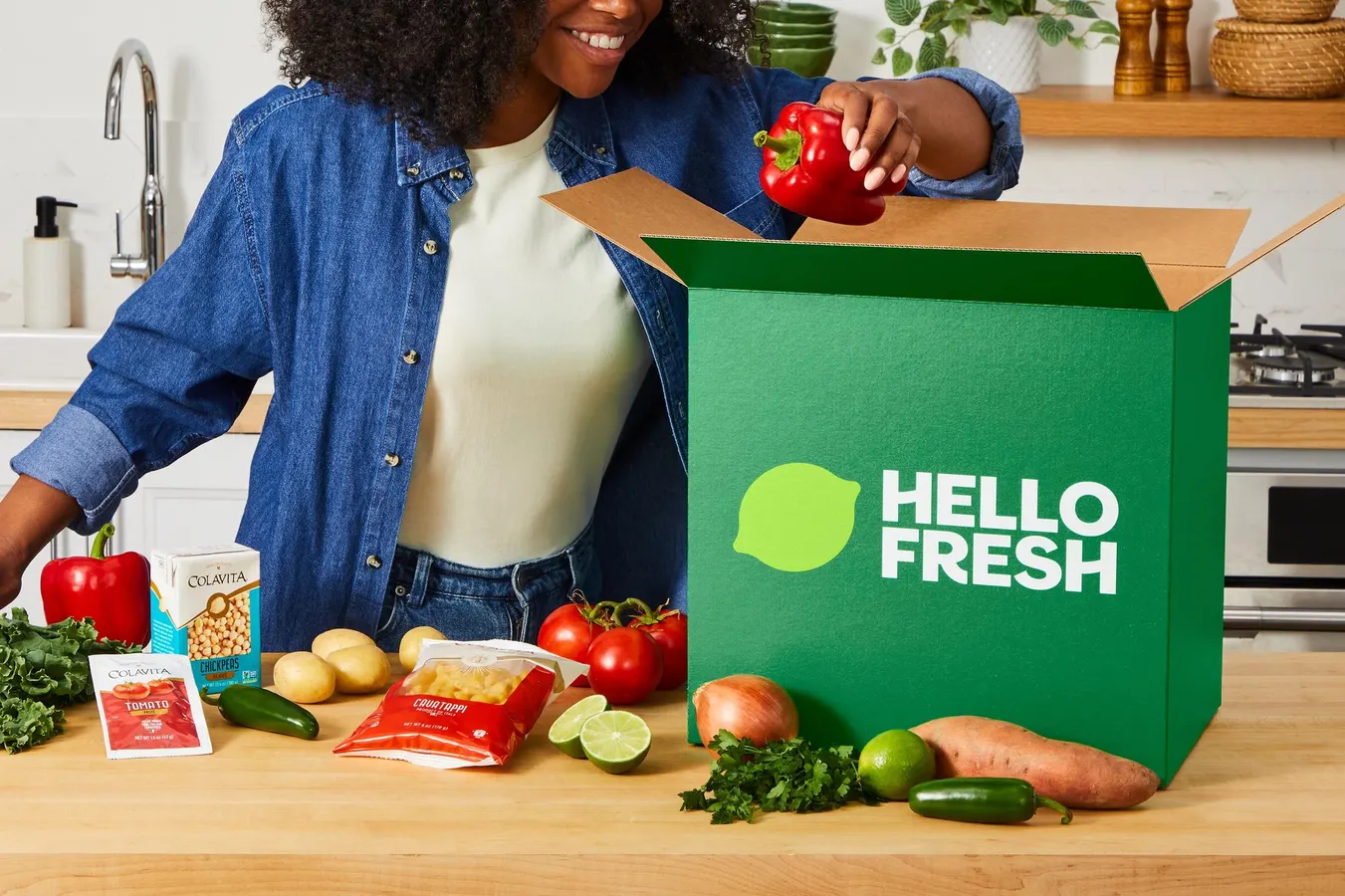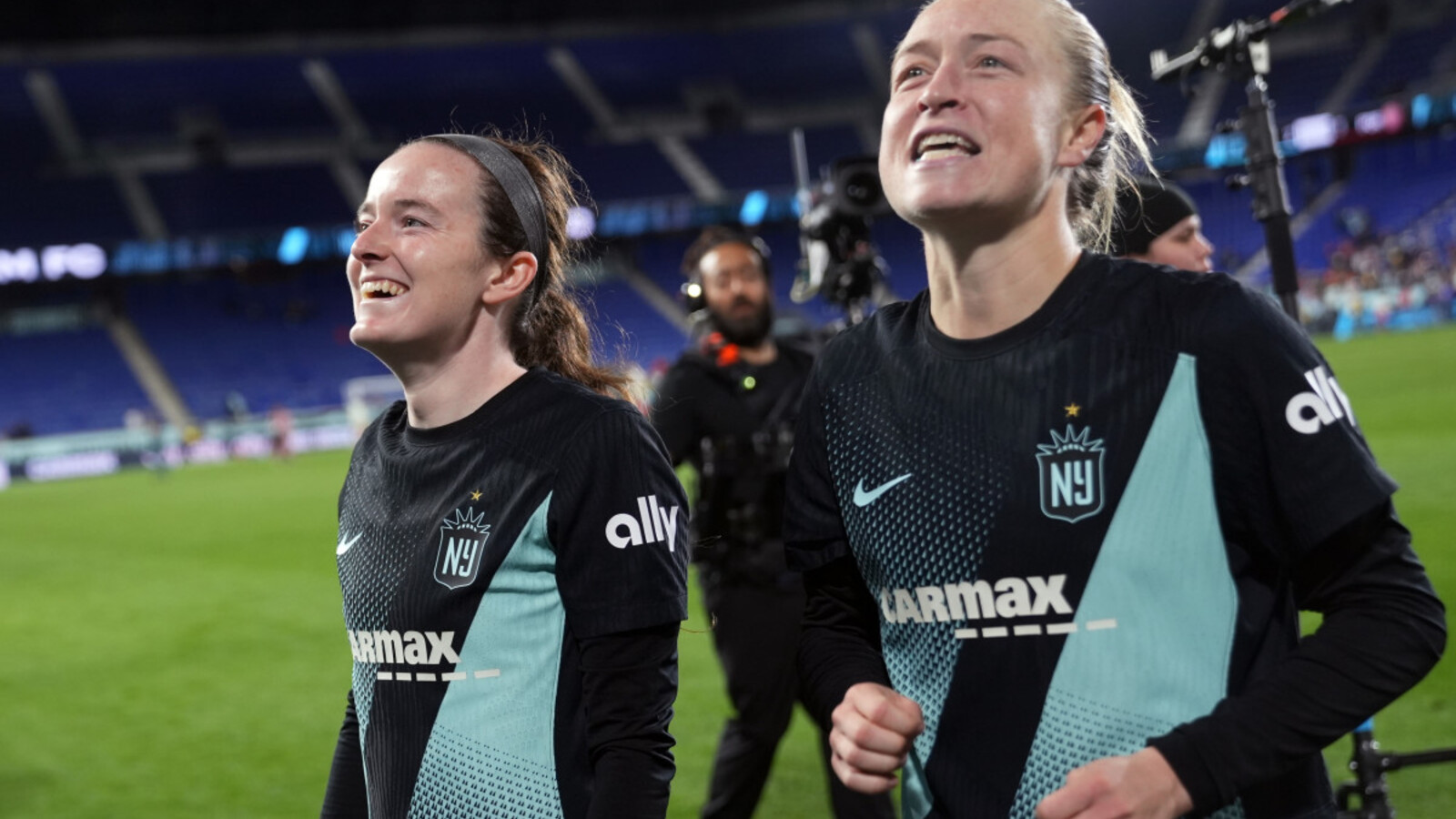Copyright Forbes

Three months. That’s how long it used to take HelloFresh, the world’s largest meal kit company, to move a chef’s creation from kitchen to customer. The recipe itself required just a few hours of culinary artistry. The production process that followed — including editing, photographing, retouching, entering data, and translating cooking steps into foolproof instructions — consumed the rest of that quarter, and it wasn’t even personalized. Today, the entire journey takes three hours. The transformation didn't come from making the old process faster. It came from asking a different question entirely. Rethinking the Recipe Engine for AI Personalization In an exclusive interview to announce this new approach, Assaf Ronen, CEO of HelloFresh North America, walked me through what happens when a company stops optimizing and starts reimagining. The world's largest meal-kit company sits on what Ronen calls "probably the largest recipe database in the world" — fourteen years of culinary creations, customer feedback, and preference data spanning millions of meals and households. That data became the foundation for a Generative AI system that handles everything that a small army of editors, photographers, and production specialists once managed manually. Chefs still create the recipes. But the moment they finish cooking, AI then puts the process into Warp Drive. The system generates recipe cards in the "HelloFresh language,” with clear, foolproof instructions tested against years of customer feedback. It edits food photography, adjusting lighting and presentation while keeping images realistic. It populates downstream databases with ingredients, nutritional information, and cooking attributes. Most importantly, it personalizes: if you swap chicken for pork, your recipe card reflects exactly what you ordered, not a generic version with manual substitutions. The system is particularly critical given other, AI-powered transformations of the business. Given its years of data about what individual consumers have ordered and how they rate their meals, the company has moved from a “Binder” approach of menu options to highly-tailored suggestions of what to select. The move has been a huge success, with 40% weekly growth in customers choosing to have this customization. The recipes had to become equally customized for the new system to reach its full potential. The Training Ground The path from months to hours wasn't smooth. Ronen is refreshingly candid about the first six to eight weeks of internal trials: hallucinations, missed priorities, outputs that were "good but not great." For a company where customer amazement is non-negotiable, that wasn't acceptable. But HelloFresh had advantages most companies don't. Those thousands of existing recipes, already edited in the HelloFresh style, provided gold-standard training data. Millions of customer feedback points — everything from clarity on what "a pinch" means to which instructions confused home cooks — fed into the models. The system learned not just to generate recipes, but to produce directions that real people could actually follow. The team moved deliberately. Initially, AI created drafts while human editors drove the process. As confidence grew, humans shifted to review mode. As Ronen puts it, they rode "shotgun in the car" rather than behind the wheel. Only after the system consistently matched or exceeded human output did HelloFresh fully deploy it. All U.S. menus now run through this AI-powered process. Global rollout is underway, accelerated by generative AI's natural language capabilities across markets. The Crown Jewel Decision Around AI Personalization Why build this internally rather than use an off-the-shelf platform? Ronen's answer cuts to the heart of AI strategy: "You don't outsource your crown jewel." HelloFresh's competitive moat isn't meal kits. It's the ability to take restaurant-quality recipes and translate them into actions that 99% of the population can execute successfully. The trust that customers will always be amazed depends on a unique system trained on unique data, producing unique outputs in a unique voice. "HelloFresh is transforming from a food company that does tech into a tech company that does food," Ronen told me. "That's a big difference. It's a different DNA, a different approach to solving problems." The Lesson: Revolutionary Outcomes, Not Incremental Improvements Near the end of our conversation, Ronen offered advice that crystalizes what separates AI transformation from AI incrementalism: "Don't try to build a faster horse. Think about what you want done in a perfect world, then work backward with Gen AI." Too many teams, he observed, take their existing 67-step process and try to automate each step. That's the wrong answer because those processes were built on assumptions that no longer hold. The layers of editors and reviewers? Designed to catch human errors that machines don't make. The generic recipe cards? Necessitated by production constraints that personalization eliminates. "We're starting with what's a perfect answer, not what's our current process," Ronen said. "Then we work backwards." What This Means for You HelloFresh's recipe transformation illustrates principles that travel across industries: Start with proprietary advantage. Generic AI tools produce generic results. HelloFresh's system works because it's trained on data that competitors don't have, such as their own recipes, customer feedback, and voice. Ask yourself: what unique information or capability could power a system others can't replicate? Build for outcomes, not process optimization. Map your current workflow, then set it aside until you need to figure out how you’ll transition your approaches. Now, describe the ideal end state without constraints. Only then should you architect the AI solution. You'll likely discover that entire process layers become obsolete. Plan for the learning curve. HelloFresh invested eight weeks for iteration, with humans stewarding the transition until quality met their bar. Budget time for training, testing, and refinement. Quick wins matter, but so does maintaining customer trust throughout the journey. Protect your crown jewels. Don’t outsource the capabilities that define your competitive position. If it's truly differentiating, build it yourself even if off-the-shelf options exist. Expect organizational transformation. HelloFresh is becoming a different kind of company. That requires different skills, mindsets, and ways of working. The DNA shift is real. The companies that will win with AI aren't the ones automating fastest. They're the ones asking better questions: not "how do we speed this up?" but "if we could start fresh, what would perfect look like?" HelloFresh cut their recipe production timeline by more than 99% not through working faster, but through reimagining what recipe production could be. Rather than pursuing optimization, they embraced AI personalization and went for real transformation.



